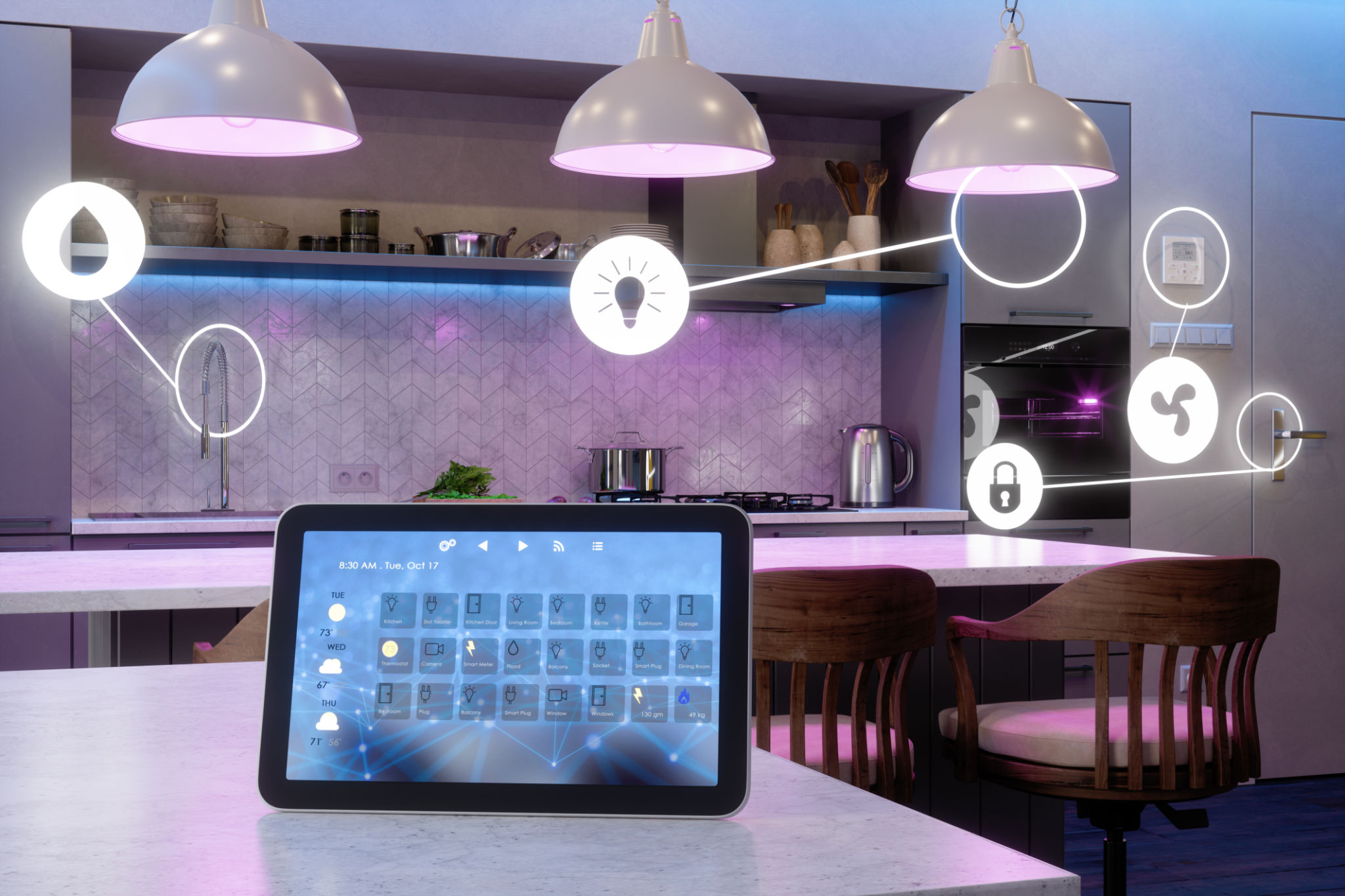Connected Living Technology: A Guide for UK Homeowners
Understanding Connected Living Technology
As technology continues to evolve, the concept of connected living has gained significant traction among UK homeowners. Connected living technology refers to a network of interconnected devices and systems that enhance the convenience, efficiency, and security of our homes. By integrating smart devices, homeowners can enjoy a seamless lifestyle that adapts to their needs.
The rise of the Internet of Things (IoT) has been a major driver behind this trend. IoT enables devices to communicate with each other, creating a cohesive ecosystem within the home. This guide will explore various aspects of connected living technology, helping UK homeowners make informed decisions about integrating these solutions into their homes.

Smart Home Devices
Smart home devices are the backbone of connected living technology. These include products like smart lights, thermostats, door locks, and security cameras. By connecting these devices to a central hub or using a smartphone app, homeowners can control them remotely and automate various tasks.
For instance, a smart thermostat can learn your schedule and adjust the temperature accordingly, saving energy and reducing utility bills. Similarly, smart lighting can be programmed to turn on or off at specific times or be controlled via voice commands. These devices not only add convenience but also contribute to a more energy-efficient home.

Enhancing Home Security
Home security is a top priority for many homeowners, and connected living technology offers innovative solutions to enhance safety. Smart security systems often include features like motion detectors, video doorbells, and surveillance cameras. These systems can send real-time alerts to your smartphone, allowing you to monitor your home from anywhere.
Moreover, smart locks provide keyless entry options that can be managed remotely. Whether you're at work or on holiday, you can grant access to family members or service providers without needing to be physically present. This level of control adds an extra layer of security and peace of mind for homeowners.

Entertainment and Connectivity
Connected living technology also revolutionizes home entertainment. Smart TVs, speakers, and streaming devices offer endless options for enjoying media content. With voice-activated assistants like Amazon Alexa or Google Assistant, you can control your entertainment system with simple voice commands.
In addition to entertainment, connected devices enhance overall connectivity within the home. High-speed internet, Wi-Fi mesh systems, and network extenders ensure that every corner of your home stays connected. This is particularly important as more devices require stable internet connections to function optimally.
Considerations for UK Homeowners
When adopting connected living technology, UK homeowners should consider several factors. First, assess your home's existing infrastructure to ensure compatibility with new devices. It's essential to choose products that align with your lifestyle and offer integration with other devices you may already own.
Security and privacy are also critical considerations. Ensure that all devices have robust security features and keep software updated to protect against potential vulnerabilities. Additionally, be mindful of data privacy and understand how your information is used by manufacturers.

The Future of Connected Living
The future of connected living promises even more advancements as technology continues to evolve. Innovations such as artificial intelligence and machine learning are expected to further enhance the capabilities of smart home devices. These technologies will enable even greater personalization and automation within the home.
For UK homeowners, staying informed about these developments will be crucial in making the most of connected living technology. By embracing these solutions today, you can create a smarter, more efficient home that adapts to your ever-changing needs.
